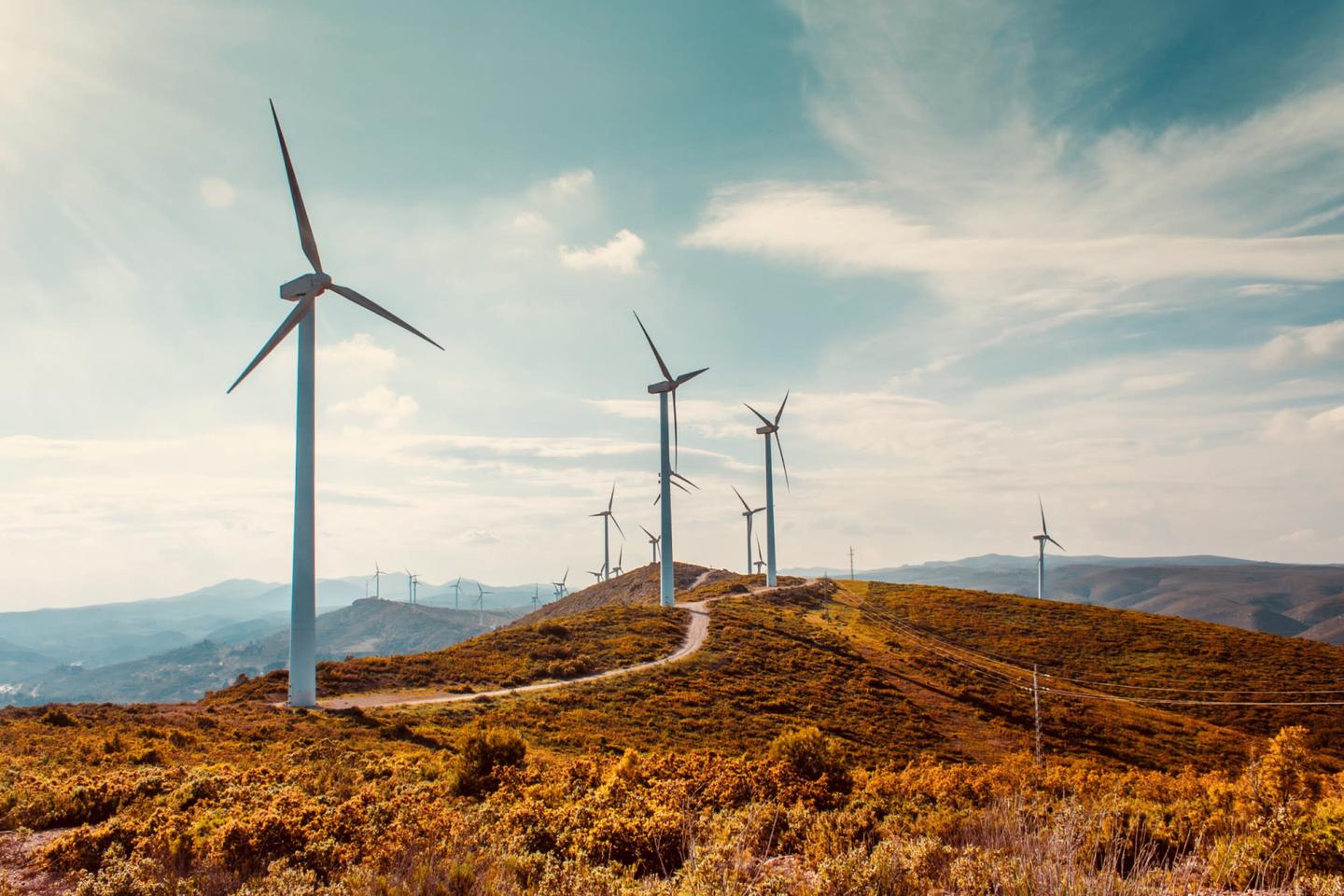Designing flexible energy markets: How Piclo is rethinking digital infrastructure at scale
As Europe’s energy transition accelerates, electrification and decentralisation are placing new demands on grid infrastructure and market design. Traditional systems are struggling to keep up with the pace of change, and without smarter coordination, the risk of fragmentation and inefficiency will only grow.

Piclo Energy, one of the companies featured in Futurice’s Digital Energy 40 report, is addressing these challenges through a digital-first approach to flexibility. In this interview, Director of Market Strategy Matthew Billson shares his perspective on the barriers to integration, the need for interoperable platforms, and the cultural shifts required to unlock system-wide flexibility at scale.
What’s your view on the European energy market right now?
We’re seeing a fundamental shift across the European energy landscape. Electrification and decentralisation are colliding with physical grid limitations – creating complexity, fragmentation, and inefficiencies. Demand is rising but, in many places, the grid simply can’t keep up. That’s why we see flexibility as key: shifting demand and generation more dynamically, rather than relying just on traditional infrastructure build-outs.
On top of that, the markets themselves aren’t working as well as they should. Even in the UK, there are 20–30 separate electricity market subsets, each with different services, rules, and buyers – from local distribution networks to the national system operator and government-led programmes. That level of fragmentation is a barrier for both buyers and sellers, limiting liquidity and participation.
These issues are even more pronounced across mainland Europe, where legacy systems and policy environments vary considerably. While the direction of travel is broadly consistent – toward a more decentralised, low-carbon system – the pace and maturity of market mechanisms differ. Some regions are racing ahead with digital innovation, while others still rely on manual or paper-based processes. That contrast creates both challenges and opportunities for companies like Piclo.
How is Piclo responding to these dynamics?
We’re a digital-first software company. Over half of our team are software engineers, and our platform is API-driven to support high levels of automation and integration. That’s critical in a world where millions of distributed assets – from EV chargers to heat pumps – need to connect to increasingly complex markets.
Our platform originally supported local flexibility markets for distribution networks. But we’ve since evolved to give asset owners visibility across all relevant markets – local, regional, national – and enable them to bid in more easily. Our goal is to simplify access, reduce friction, and unlock system-wide flexibility.
What differentiates us from others in the space – like NODES or Electron – is that we’re not focused solely on distribution networks. We’re integrating with a broader set of markets, creating more opportunities for flexibility to be procured across multiple layers of the energy system. That kind of interoperability is crucial if we’re going to scale beyond early adopters and into the mainstream.
We’ve also made sure our platform can flex to meet clients wherever they are in their digital journey. Not everyone is ready to fully automate from day one – especially some of the larger or more traditional market players – so we’ve built with adaptability in mind.
What cultural or ecosystem shifts do you think are still needed?
Cultural change is essential, especially within large incumbents like utilities, grid operators, and retailers, many of whom are still relatively digitally immature. The UK government wants to increase flexibility fivefold by 2030, and that simply won’t happen without embracing digital solutions.
We need to move away from each company building its own costly, bespoke IT system and shift toward a federated model where systems interact via APIs. That also means embracing a new mindset: one where stability doesn’t come from a single large power station on the end of a phone line, but from thousands of small, responsive assets working in unison.
To get there, we need to break out of the traditional, reactive way of thinking about grid management. We can’t rely on emergency responses and capacity additions alone – it’s about proactively shaping demand and optimising across the system. That requires collaboration, openness, and investment in shared digital infrastructure.
What should policymakers focus on to support this transition?
Policy needs to go beyond general support for decentralised energy and actively encourage integration, interoperability, and ecosystem collaboration. That includes setting clear data standards, mandating open data, and resisting the instinct to centralise everything.
We see the UK leading on digital energy thinking – arguably ahead of many European counterparts – but across Europe, there’s a risk of overengineering centralised data models that will, ultimately, slow things down. A federated, decentralised approach is more resilient and better suited to the complexity we’re facing.
Crucially, this isn’t just about regulation – it’s also about mindset. Policymakers should champion models that incentivise innovation and allow agile, software-led companies to thrive. That means thinking beyond traditional licensing frameworks and recognising the role of digital platforms in orchestrating clean energy flows.
Who are your ‘ones to watch’ in the clean energy space?
Axle and ev.energy are two standout examples. Both are digitally native, software-led, and asset-light. They help asset owners access markets through integration rather than ownership – which makes them great partners for platforms like Piclo.
Others like Modo are also doing interesting work in data analysis, helping make sense of the growing complexity in energy asset management. In a world where data is becoming just as important as energy itself, these companies are playing a critical role in enabling smarter decision-making.
We’re always on the lookout for partners who can complement what we do and extend the value of flexibility to new types of users – whether that’s aggregators of smart home tech or energy managers of industrial assets.
What’s your long-term vision for Piclo and the digital energy transition?
We want to enable a pan-market platform where asset owners – or aggregators like Virtual Power Plants – can access multiple markets across Europe, the US, and Australia. The idea of a “universal megawatt” is key: a unit of energy that can flow to wherever it’s needed, across services and borders, without unnecessary barriers.
Today’s buyer-led markets are inefficient. We see a future where sellers can simply say, “I have flexibility to offer – who wants it?” and the platform does the rest. That shift will unlock new value, improve liquidity, and drive decarbonisation faster.
Ultimately, we believe the clean energy transition will be won or lost on the ability to orchestrate distributed resources at scale. That’s where platforms like ours can make a real difference – not by owning the assets, but by making sure they can talk to each other, transact efficiently, and deliver the flexibility the system needs.
Is AI part of that vision?
Definitely. We’ve set up an internal AI team to explore how AI can enhance both our platform and our operations. We’re taking an agile, iterative approach – experimenting in short sprints and evolving as we go. We see AI as another key capability in our toolbox, helping us scale in an increasingly complex system.
It’s early days, but we’re already seeing promising applications – from enhancing customer support to smarter market-matching. Just as we’re pushing for smarter energy systems, we’re also pushing to make our own platform smarter and more efficient using the latest tools at our disposal.
As electricity markets grow more complex, unlocking system-wide flexibility will depend on the ability to simplify access, enable integration, and build trust across every layer of the energy ecosystem. Real progress will mean moving beyond fragmented markets and bespoke systems toward shared digital infrastructure and interoperable standards. Flexibility must be able to flow across geographies, services, and platforms. A shift that requires a mindset change as much as a technological one.
To explore more insights from the people, companies and platforms redefining energy’s digital foundations, download the Digital Energy 40 report and meet the leaders driving Europe’s clean energy future. If you're curious about our work in energy or exploring how digital solutions can support flexibility, market access, or system transformation, please feel free to reach out.
 David MitchellChief Growth Officer
David MitchellChief Growth Officer





